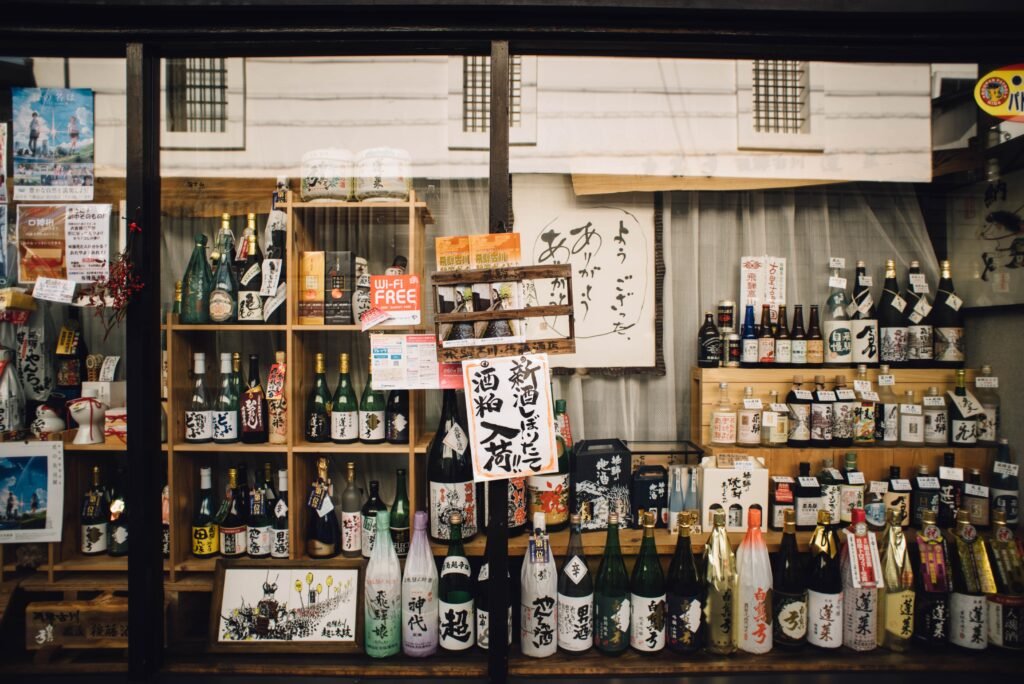酒は本心を表す– sake-wa honshin-wo arawasu.
The Japanese language is as beautiful as the message it conveys. The above term states that ‘Sake reveals the true heart’. Just how Latin languages use wine in place of sake for that phrase. We all know how Japan is famous for bestowing the world with – Nihonshu or as it is popularly known as Sake. The types of sake and all the traditions attached with sake were only known to the Japanese people. But slowly, it started gaining worldwide recognition and now it comes at par with the level of whisky, beer and other renowned categories. But there is more to Japan than just Sake. There are so many other potential alcoholic beverages that reflect the true beauty and tradition of Japan within. It’s like how India is known for famous brands like Amrut, Solan No.1 etc. but when one venture into the roots you find hidden jewels like Feni, Toddy, Mahua & at times Royal liqueurs (influenced by Rajasthan’s royal past).
So, come on let us venture into the roots of Japan and find those jewels.
Jewels of Japan’s alcohol industry
Before we begin with the list, I would like to inform you that – everything you need to know about Japan’s National & Traditional Beverage – Sake is available in one of my previous articles. Visit https://nothingsvirginhere.in/japans-drinking-culture-the-significance-of-sake/.
- Shochu – A distilled alcoholic beverage which originated in Japan (Kyushu) more than 500 years ago. The process starts with a fermented mash of water, yeast and koji mold. Later on the crushed base ingredient is added and left for fermentation. The ABV for shochu usually lies in between 20-40%. There are so many varietals to assess when it comes to shochu like the type of mold used, water, what kind of base ingredient, the distillation technique, maturation etc.
According to Japanese taxation laws, shochu is divided into two types based on its distillation process – Multiply distilled shochu & Singly distilled shochu. The terms are self-explanatory yet there are a list of guidelines for any shochu to be called either of them.
Based on the type of koji mold used: There are three types of koji mold – yellow, white & black. But when it comes to shochu only white and black koji mold is taken into consideration nowadays whereas yellow koji mold is used in the production of sake.
Just like many other alcoholic beverages, shochu is also differentiated into various types based on the base ingredient. Like –
- Rice shochu
- Mugi or barley shochu
- Sweet potato shochu
- Brown sugar shochu
- Soba shochu
- Awamori shochu
- Kasutori shochu
- Moromitori shochu
- Honkaku shochu
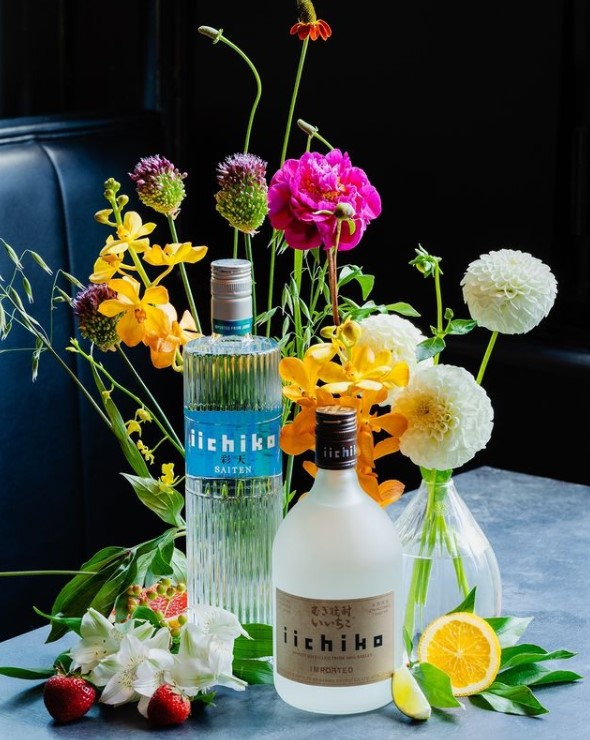

All of these varieties are the ones that are popular among the list which contains lots of other names like milk shochu or shochu made from perilla leaf, sesame etc.
If you ever visit Japan or get a chance to have a sip from a variety of shochu, make sure to grab these brands: Iichiko, Kurokirishima, Tomino Hozan, Ginka Torikai, Hyakunen no Kodoku.
- Umeshu – Part of the ancient history of Japan, the origin of Umeshu is not exactly known but traces lead back to the year 1697. Alternatively known as Plum Liqueur, which is made by steeping unripe & green plum in shochu and sugar. Ume plum is also known as Japanese plum, Japanese apricot & Chinese plum. These plums cannot be consumed when they are raw because they are sour and contain a bit of toxins. The ABV for this tangy yet sweet liqueur ranges from 10-15%. This spirit is also known for improving circulation and exhaustion. One of the reasons why Umeshu is popular among young women is due to its delicate and subtle approach on the palate. It can be made from plum fruit or an infusion of the plum flavor. But Umeshu made from only real plum fruit, sugar, alcohol and no additives is labelled as Honkaku Umeshu.
Umeshu is also available in many types apart from the flavor classification like – nigori (meaning unfiltered), genshu (undiluted), sparkling, and koshu (aged). When talking about flavors Umeshu paired with peach, apple, shiso leaves and yuzu are the most popular and recommended combinations.
The famous Umeshu brands in Japan are: Choya Ume Blanc, Takara Koshu Plum, Gekkeikan Sake Plum Wine, Fu-ki Plum Wine, Nakano BC Yuzu Umeshu.
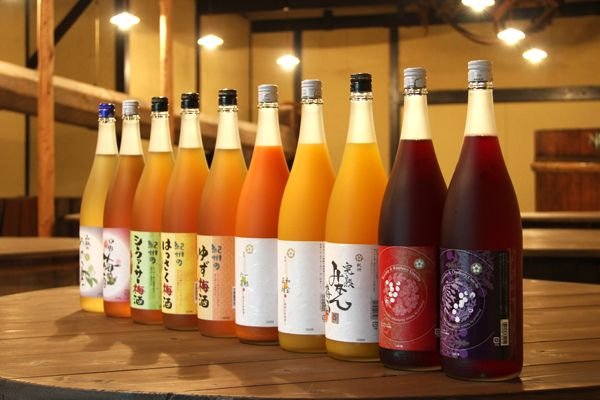

- Yuzushu – A popular Japanese liqueur often described as ‘sunshine in a bottle’ is made from the fruit ‘yuzu’. Yuzu is a citrus fruit which is not eaten as a fruit but it has several uses in the culinary & beverage industry. This fruit is basically a hybrid of mandarin orange & ichang papeda and is believed to have originated in China. Coming back to Yuzushu, the production is quite easy. Yuzu is steeped into shochu or sake along with sugar and then it is aged for a few months or a year. Yuzushu has a citrusy fragrance due to the yuzu fruit and some would say the overall taste is somewhat similar to Italian limoncello or vodka infused with lemons.
There are so many brands that produce Yuzushu, so therefore the taste of yuzushu differs in terms of tanginess, sweetness and also bitterness. Some popular Yuzushu producing brands are : Umenoyado Yuzushu, Yuzushu Nigori.
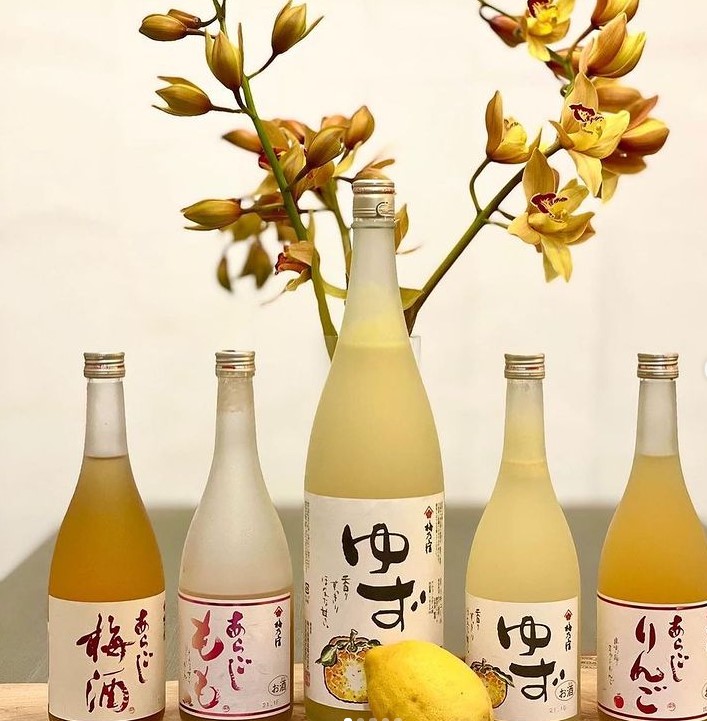

- Chuhai – Also known as Chu-hi is an alcohol drink originated from Japan sold as a canned drink. Chuhai is basically short for shochu highball and is a staple at izakayas across Japan. Traditionally made from barley shochu and carbonated water flavored with lime. Modern-day innovation has brought lots of changes to this drink like how instead of shochu distillers have started using vodka. Also the flavors now have a diversified range like, grapefruit, apple, orange, pineapple, lychee, peach, strawberry cream , grape, kyoho grape, kiwi, ume, yuzu and cream soda. Chuhai sold in bars has low ABV but for the canned chuhai often sold in convenience stores or vending machines can have an ABV of 3-10%.
Some popular Chuhai brands – Horoyoi, Hyoketsu, Kalori, Can Chu-hi, Hiliki, Honshibori Chu-hai.
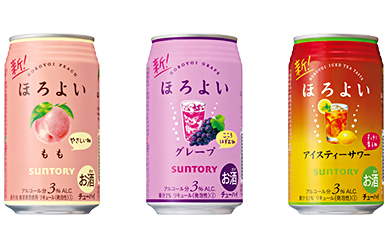

- Amazake – Well this one might come as a shocker when you read about it. Amazake is a Japanese drink with no to very less amount of alcohol. Wondering why it still made it to the list? Because of the less amount of alcohol, yes but the popularity and its health benefits. Amazake is basically made from fermented rice. Koji mold is added to cooled whole grain rice which starts the fermentation by breaking carbohydrates into sugar. This drink has a natural sweetness to it without the addition of sugar and has a thick – porridge like consistency. But there is amazake which is made from sake lees, so this variant has sugar and a very low ABV (under 1 %). There are other variants which are smooth and refined unlike the thick-porridge amazake. But everyone in Japan is a fan of the traditionally prepared style. The color of this drink ranges from milk white to beige.
Some popular Amazake brands : Morinaga Amazake, Marukome Koji Amazake.
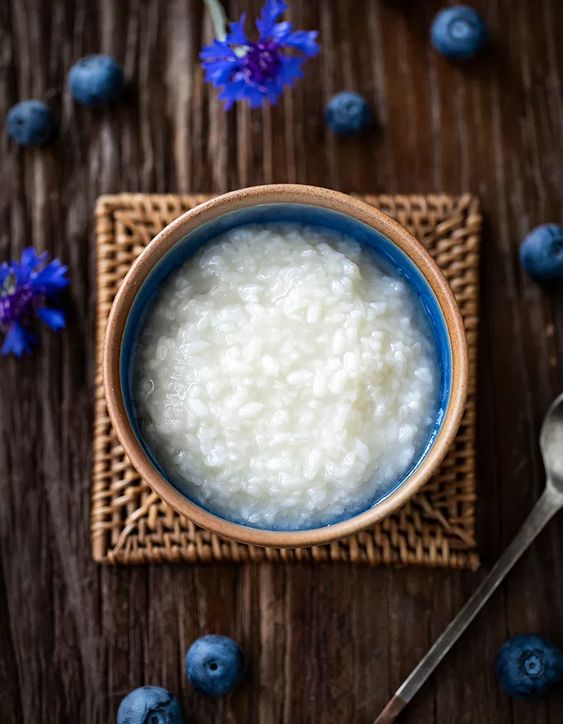

- Happoshu – You’re way more familiar with this alcoholic beverage than its name. Happoshu is a sparkling alcoholic beverage but in more appropriate terms a ‘low-malt’ beer. A category like this is in existence due to the Japanese alcohol tax system which divides malt-beverages into 4 categories depending upon the malt percentage. Any beverage is considered as beer if it has an ABV of more than 67% and beverages like Happoshu have an ABV that is less than 67%, hence the name ‘low-malt’ which also attracts consumers because of the low-taxes on this beverage. Also happoshu must contain an ingredient other than malt, hops, sugar, sorghum, potato, starch or rice. Therefore, spiced beers, fruit beers, some imported craft beers and alcopops containing malt are also marketed as happoshu.
Happoshu with less than 25% malt content (these are some of the most popular ones) –
Hokkaido Nama-shibori Migaki-mugi (Sapporo), Hon-nama (Asahi), Diet-nama Clear Taste (Suntory), Magnum Dry Golden Dry (Suntory), Cool Draft (Asahi), Enjuku (Kirin)
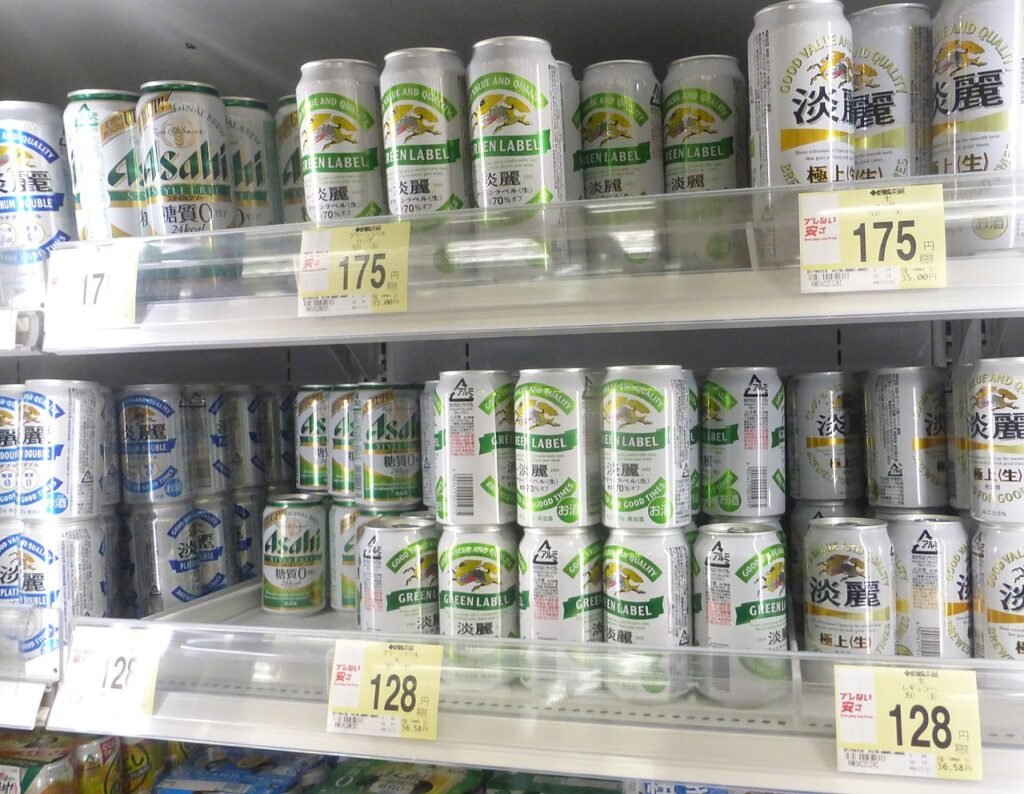

While there are many other variations and even innovations that branch out from the above-mentioned alcoholic beverages. It is clear that there are many branded as well as local drinks famous in Japan and if you were to visit Japan anytime make sure to have a sip of Japan’s treasure chest of alcoholic beverages.


